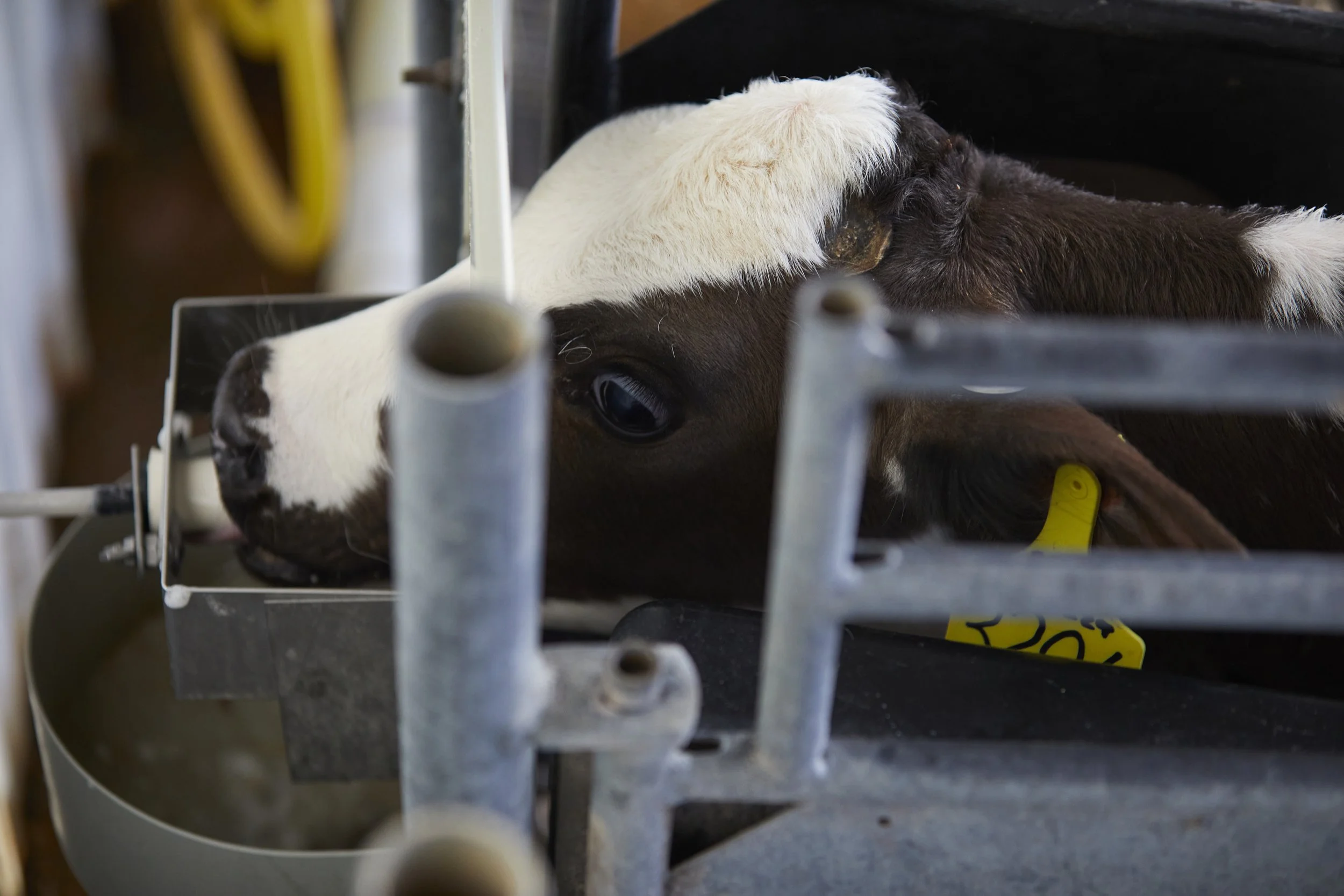Finally: New Nutrition Guidelines for Calves
“If you always do what you’ve always done, you’ll always get what you’ve always got.” – Henry Ford.
For more than two decades, we’ve been guided by the same nutritional recommendations for raising calves. At long last, we now have new, research-based guidelines to better steer our calf nutrition decisions. The previous version of overarching guidance for dairy nutrition was the seventh edition of Nutrient Requirements for Dairy Cattle, published in 2001. The authoring body at the time was the National Research Council. You’ve probably heard or read many references to the “NRC 2001” for both calf and cow nutrition.
Now, the long-awaited eighth edition of the same publication has been authored by a newly named federal research agency, called the National Academies of Science, Engineering and Medicine (NASEM). New name, same purpose, and their updates are wholly welcomed by the dairy nutrition community. University of Illinois professor of animal sciences, Jim Drackley, said the NRC 2001 guidelines fell short of addressing nutrient needs of preweaned calves, because they predicted calf gains greater than those incurred in the “real world.”
“The daily minimum amount of milk or milk replacer solids that should be fed under thermoneutral conditions is 1.5% of birth body weight.”
Drackley, who was extensively involved on the committee developing the NASEM version, explained the new guidelines are based on published data from studies of both Holstein and Jersey calves. The data review and analysis included research on both liquid rations and starter grain consumption, collectively incorporating more than 200 studies from around the world.
Among the most significant changes in the NASEM update are:
Energy maintenance requirements -- expressed as metabolizable energy (ME) -- were elevated for periods of cold and heat stress.
Protein requirements were changed to an expression of metabolizable protein (MP) instead of apparently digestible protein. (Our challenge will be defining the Metabolizable Energy and Metabolizable Protein values for milk and milk replacers and calf starters.)
Overall, protein recommendations remained very similar to those in the NRC 2001. As before, the amount of protein required in milk replacer climbs when higher growth rates are desired. According to Drackley, this is because the requirements for body protein deposition rise faster than the requirements for energy.
A new model for predicting growth of preweaned calves was developed, stating requirements from birth to weaning. Requirements are presented for weaned calves up to 18% of their mature body weight. For mature Holsteins weighing 1,540 pounds, that’s a 275-pound weaned calf; for 1,166-pound mature Jerseys, it’s a 210-pound weaning weight.
A prediction equation model for starter grain intake also was developed. It incorporates the calf’s body weight; the amount of ME supplied by milk or milk replacer; and the age of the calf relative to when it first was offered starter.
Vitamin D was raised to about 1,600 international units (IU) per pound of milk replacer solids, and vitamin E was raised to 125 IU per calf per day.
Mineral requirements were estimated differently, this time using a factorial approach similar to other classes of cattle. Compared to the NRC 2001:
Calcium is lower for milk replacer but similar for starter and grower.
Phosphorus is about 15% lower for all feeds.
Potassium concentration is about 70% greater for milk replacer but similar for starter and grower.
Copper total is approximately 50% lower.
Iron is about 15% lower for milk replacer but similar for starter and grower.
Manganese is higher for milk replacer but similar for starter and grower.
Zinc is about 40% higher overall.
Over the past 20 years, feeding rates of liquid rations have increased considerably as an industry standard. Based on data review of studies examining higher rates of liquid feeding, the committee recommended the daily minimum amount of milk or milk replacer solids that should be fed under thermoneutral conditions is 1.5% of birth body weight.
Individual nutritionists will continue to “tweak” these guidelines according to their own assessment of client and animal needs. Nonetheless, it is extremely helpful to have these modern, research-based recommendations at hand. They will serve as a reliable basis for our nutritional decisions, helping us do the best possible job of delivering young calves the nutrients they need to thrive.




It takes hard work and considerable investment to create a newborn calf. So, when that calf hits the ground, we want to do everything we can to give it the best possible start to a healthy and productive life.